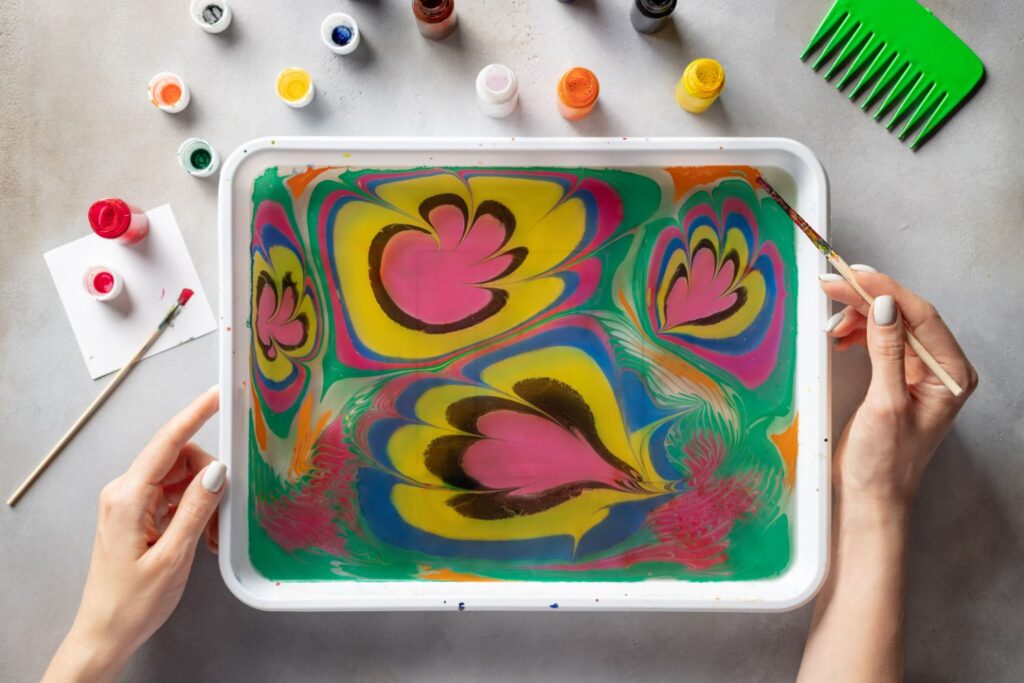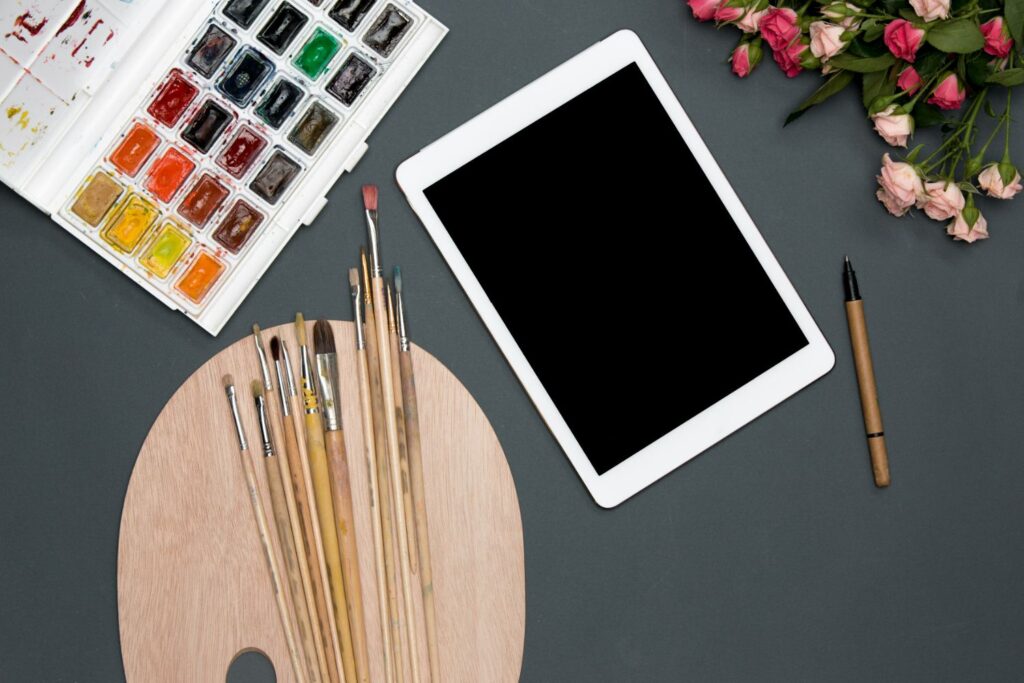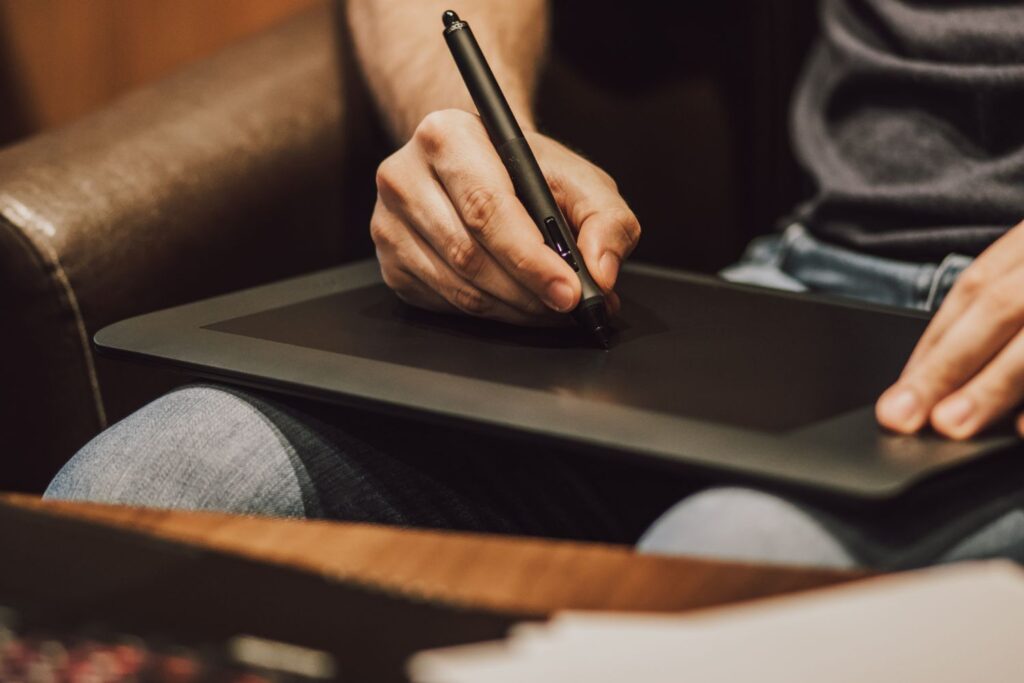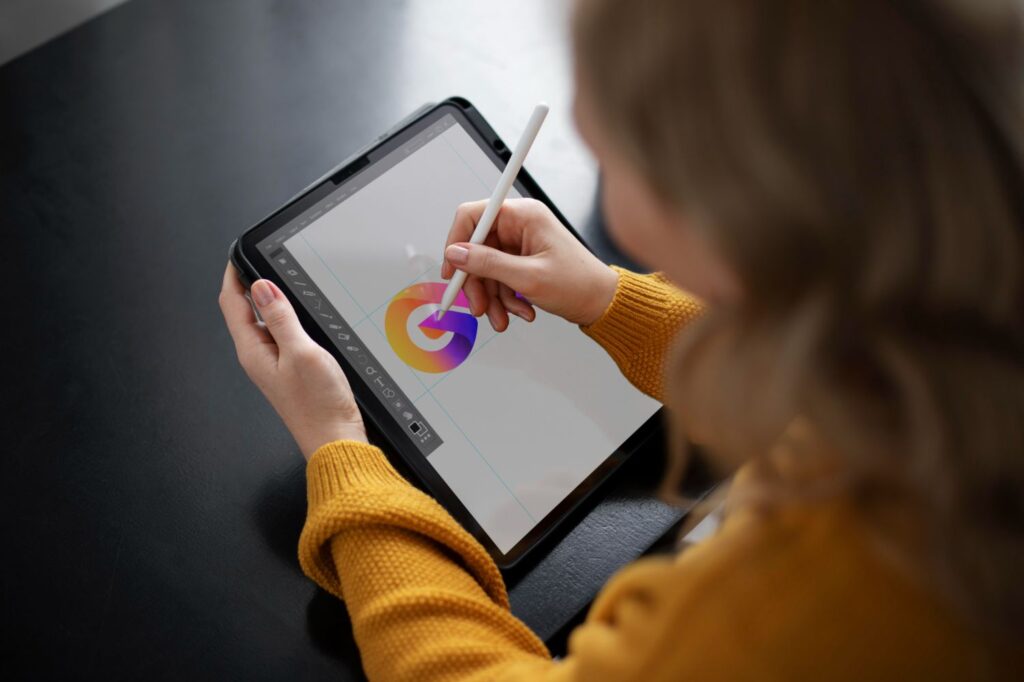Let’s introduce a topic that spans both the tech and art worlds, effortlessly merging creativity with scientific precision. We’re talking about DPI in Procreate. DPI, or dots per inch, is a critical factor in digital artistry, affecting both the quality and scalability of your creations. We’ve put together a comprehensive FAQ to help you grasp everything you need to know about DPI Procreate. Buckle up for an educational journey into the world of digital artistry!
What is DPI in Procreate?
In Procreate, DPI refers to the number of dots per inch in your artwork. This term originates from print media, where higher DPI values denote crisper, more detailed printouts. In the context of digital art, DPI can affect the scalability and perceived quality of your work.
Why is DPI Important in Procreate?
While DPI may not significantly impact the display of your digital art on screen, it becomes vital when you transition these creations to the physical world. For instance, if you plan on printing your digital masterpiece, a higher DPI guarantees a more refined print, free from blurred lines or pixelation. Thus, DPI becomes an important consideration in maintaining the integrity and quality of your artwork across different mediums.
How Does DPI Affect the Quality of My Artwork?
A higher DPI in Procreate means your artwork contains more dots, or ‘information,’ within each inch. This often results in a more detailed and clear representation of your piece, particularly when printing. However, higher DPI values can also contribute towards larger file sizes. While this doesn’t affect your art’s quality when viewing digitally, it is important to consider when sharing or storing your artwork.
What DPI Should I Use in Procreate?
While Procreate’s default DPI is 132, it’s generally recommended to work with a DPI of at least 300 for professional print quality. However, the ideal DPI can vary depending on your specific use-case. If you’re solely creating digital art for on-screen display, a lower DPI is sufficient. Conversely, if you’re designing art for large-scale printing, a higher DPI might be preferable.
Can I Change the DPI in Procreate?
Yes, you can adjust the DPI when starting a new canvas in Procreate. It’s important to note that DPI is determined at the onset of a project and can’t be changed once you’ve started work on a particular canvas. Therefore, plan ahead and consider where your art will be displayed or how it will be used to pick the appropriate DPI setting.
How Can DPI Enhance My Artwork Creation?
Setting the right DPI in Procreate ensures your work always appears its best, no matter where it’s displayed. Utilising the appropriate DPI allows for a more flexible creation process, ensuring your piece remains detailed and sharp, whether it’s viewed on a tiny phone screen or printed onto a massive billboard.
What Mistakes Should I Avoid with DPI in Procreate?
Here are some common pitfalls to sidestep when dealing with DPI in Procreate:
- Inadequate DPI: If you’re creating artwork intended for print, using a DPI that’s too low will result in a poor quality printout.
- Excessively high DPI: While it may seem like a good idea, excessively high DPI contributes to unwieldy file sizes and can slow your workflow without noticeably enhancing onscreen image quality.
- Changing DPI midway: DPI cannot be adjusted after starting a new project. Therefore, always decide your DPI when creating a new canvas.
Any Additional Tips?
Understanding DPI and its implications in Procreate can significantly boost your artwork quality. While the focus keyword, ‘DPI Procreate,’ may first appear daunting, with the right understanding and implementation, it becomes a powerful tool within your artistry arsenal. Remember to always match your DPI to your intentions for your creation, laying the foundations for an impressive final product.
Conclusion
DPI in Procreate, while technical, is a central part of the digital art creation process. Determining the correct DPI based on your specific requirements can significantly impact your artwork’s overall quality and versatility. Remember, DPI isn’t a one-size-fits-all – it requires consideration and adjustment based on the final medium of your artwork.





